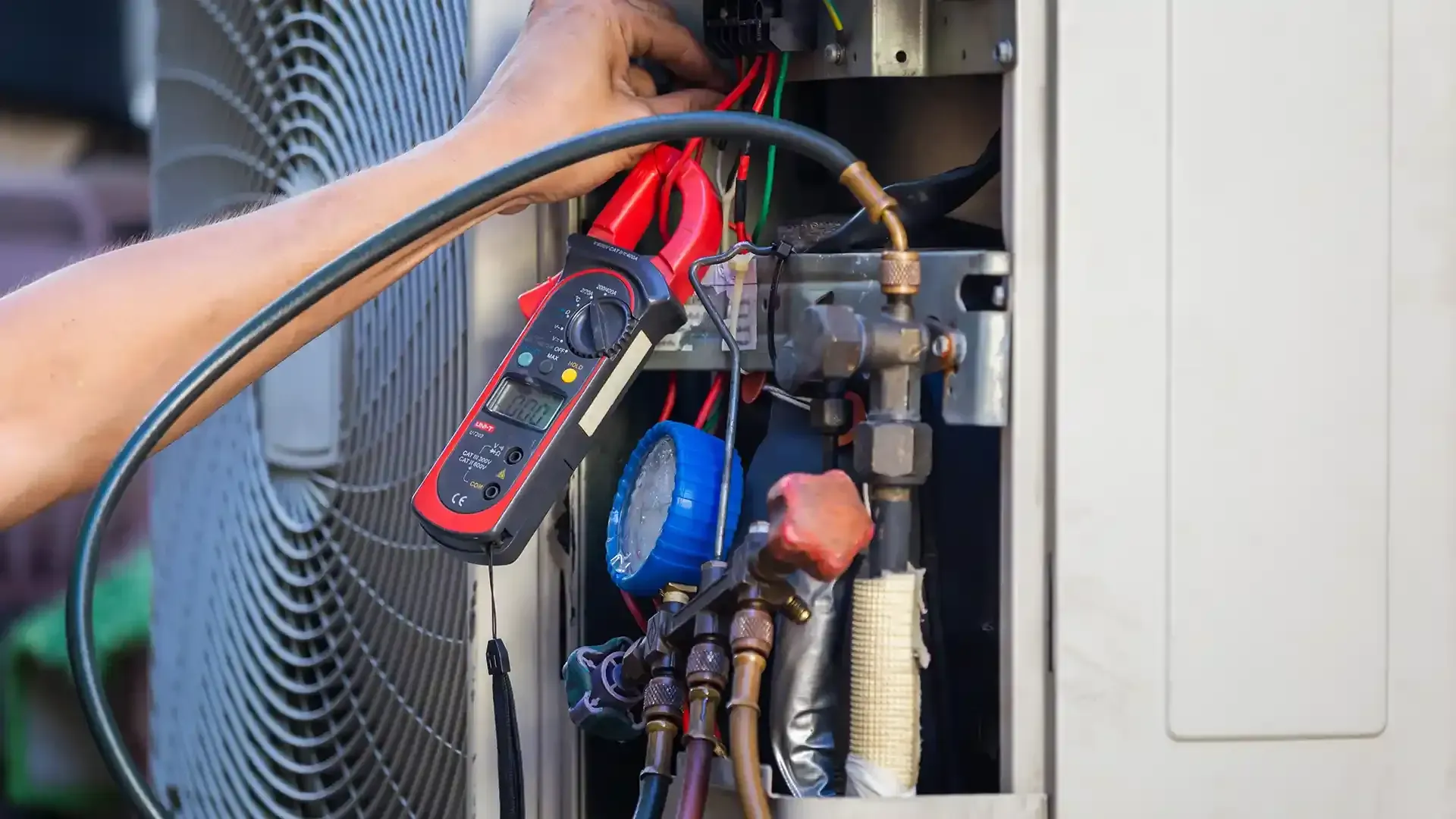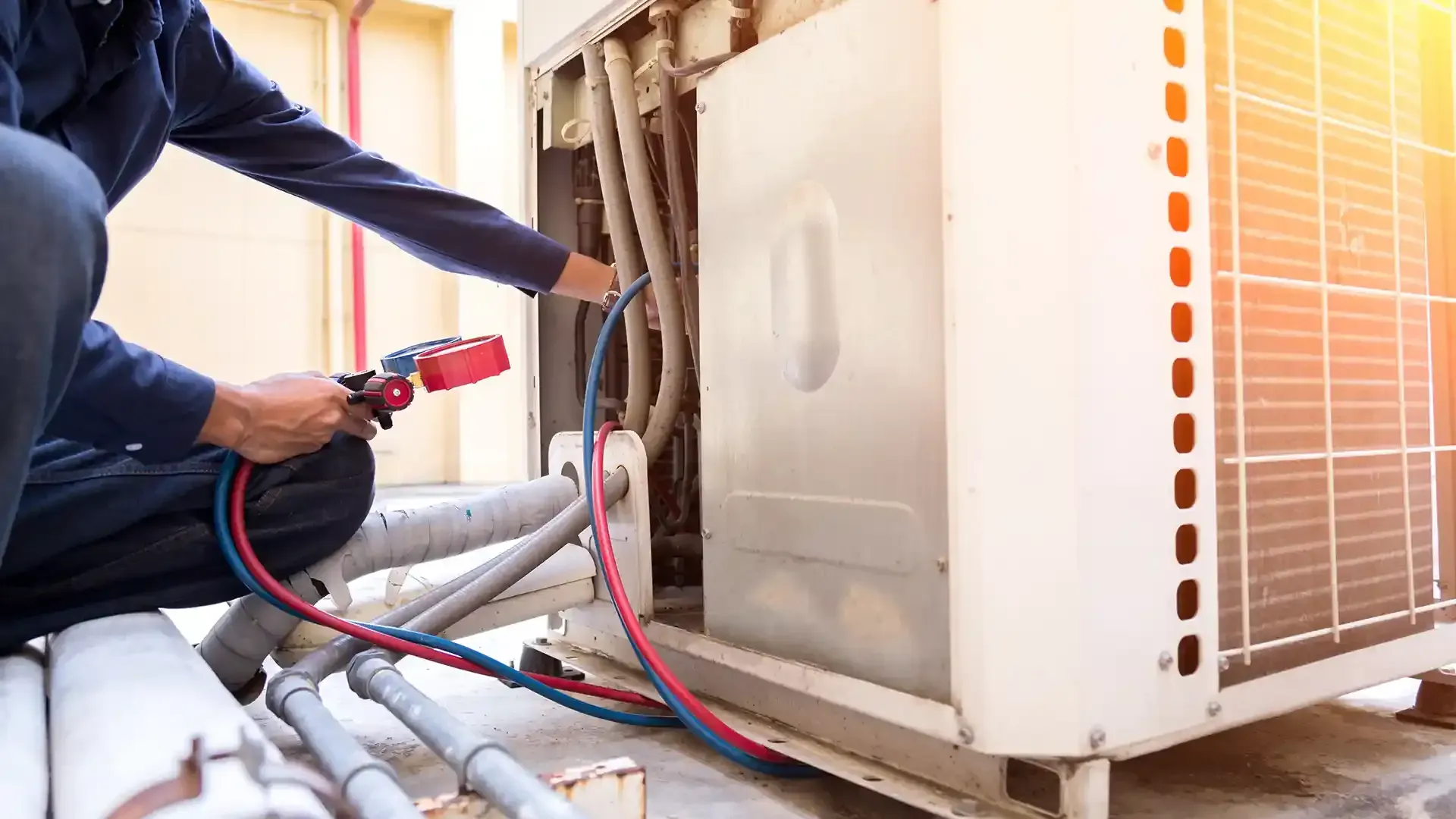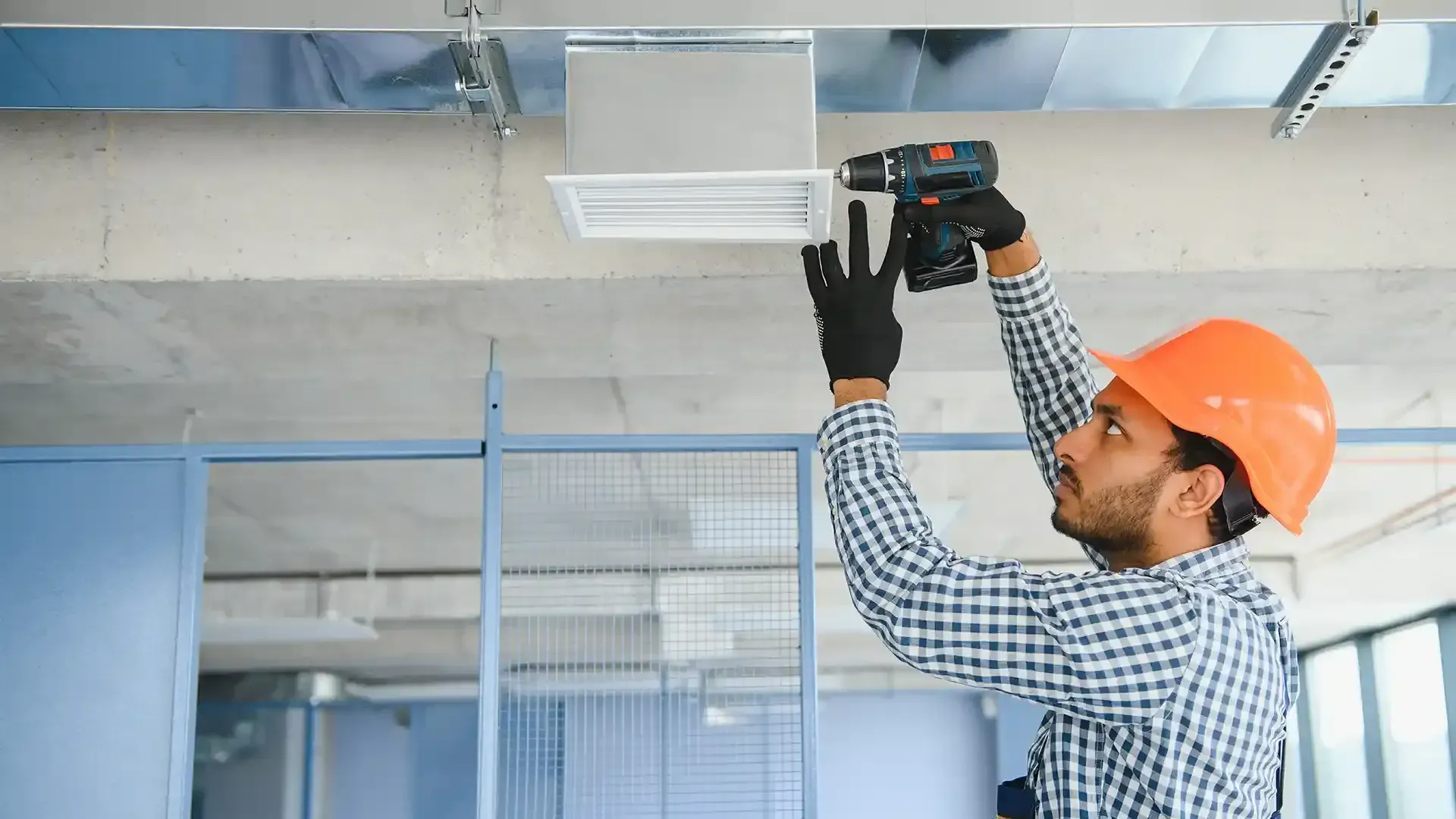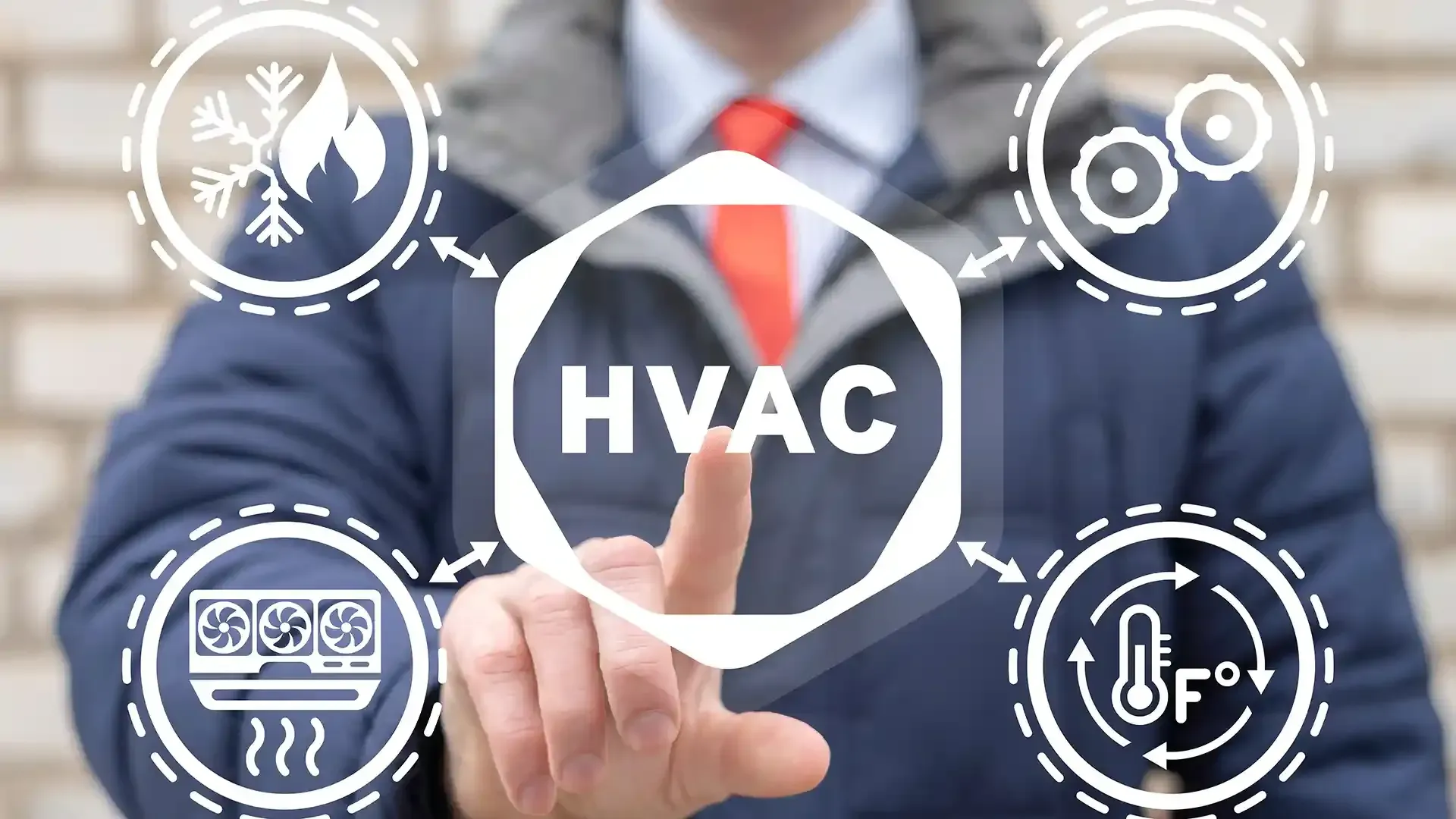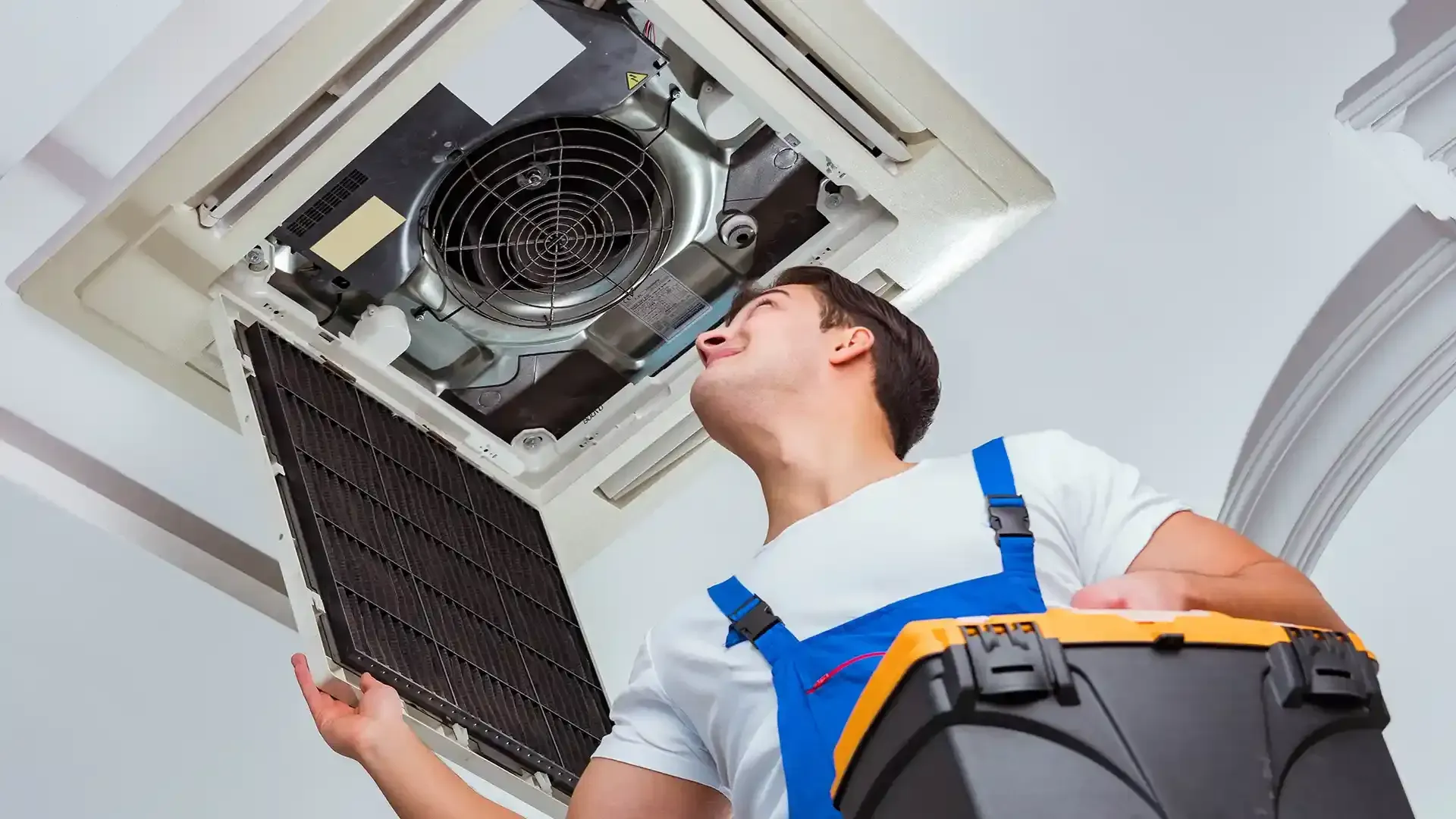The Ideal Number of HVAC Vents Per Room: What You Need to Know
The Ideal Number of HVAC Vents Per Room: What You Need to Know

When it comes to maintaining a comfortable living environment, one factor that often gets overlooked is the proper placement and number of HVAC vents per room. Many homeowners focus on the performance of their HVAC units but neglect how airflow is distributed throughout their homes. The question of how many HVAC vents per room you need is crucial because it directly impacts temperature regulation, air quality, and energy efficiency. In this blog, we’ll dive into the ideal number of HVAC vents per room, how to determine what's right for your home, and why this small detail can make a big difference in your comfort.
Whether you’re upgrading your system, moving into a new home, or simply looking to optimize your current setup, understanding how many HVAC vents per room are necessary is key to maximizing the efficiency of your HVAC system. Let's explore the details to help you make informed decisions and ensure optimal airflow throughout your home.
Key Takeaways
- The number of HVAC vents in a room directly affects temperature consistency, air quality, and energy efficiency.
- Factors such as room size, ceiling height, and the purpose of the room determine how many HVAC vents per room you need.
- Having too few vents can strain your HVAC system, while too many can result in uneven airflow and energy waste.
- Consulting with a professional, such as Plumber Scranton, ensures the correct vent setup for your home’s specific needs.
How to Calculate the Right Number of HVAC Vents Per Room
Calculating the right number of HVAC vents per room is essential to ensure proper air circulation and energy efficiency. The general rule is that each room should have one vent for every 100 to 150 square feet of space. To determine the exact number, first measure the room's square footage by multiplying its length and width. Next, consider the room's usage—high-traffic or larger spaces like living rooms may need additional vents to maintain optimal comfort. The room's ceiling height also plays a role, as higher ceilings can require more vents to distribute air evenly. Lastly, it's important to account for any unique architectural features, such as large windows or doors, which can impact airflow. By balancing these factors, you can ensure your HVAC system provides adequate ventilation and maintains a comfortable temperature throughout the room.
Room Size and HVAC Vent Requirements
How Room Size Affects the Number of Vents
The size of a room is the most critical factor when determining how many HVAC vents per room you need. Larger rooms require more vents to maintain balanced airflow and ensure that the entire space is evenly cooled or heated. As a general rule, a room with a standard ceiling height of 8 feet typically needs one vent for every 150 square feet of space.
For instance, a 300-square-foot living room would need at least two HVAC vents to maintain efficient airflow. But it's important to consider other factors beyond just square footage—things like ceiling height and window placement also play a role. High ceilings mean more space for air to circulate, potentially requiring more vents, while large windows can cause temperature fluctuations that may also call for additional vents.
Ceiling Height and Vent Placement
Ceiling height can drastically affect how air circulates in a room. In rooms with high ceilings, the air tends to rise, which can create hot spots near the ceiling and cool spots closer to the floor. To combat this, additional vents may be required to ensure even air distribution throughout the room. Moreover, placing vents in strategic locations, such as high on the walls in rooms with tall ceilings, can help balance airflow more effectively.
In contrast, for rooms with low or standard-height ceilings, one well-placed vent may suffice. However, don’t rely solely on general rules—consulting a professional can give you a more tailored approach for your specific layout.
Room Function and Ventilation Needs
The purpose of a room also plays a role in determining how many HVAC vents per room it needs. For example, rooms like kitchens and bathrooms generate more heat and moisture, which means they might require additional vents or specialized vent placement to control humidity and temperature. Similarly, rooms that see heavy foot traffic or lots of activity, such as living rooms or home offices, may benefit from more vents to maintain consistent airflow.
On the other hand, bedrooms might not need as many vents, but they still require sufficient airflow to ensure comfort during sleep. A professional HVAC contractor can assess the purpose of each room and recommend the ideal number of vents.
How Improper Vent Placement Can Affect Your HVAC System
Too Few Vents: Overburdening Your System
If a room doesn't have enough HVAC vents, it can put undue stress on your system. With insufficient ventilation, your HVAC unit has to work harder to distribute air, which can lead to premature wear and tear, higher energy bills, and uneven temperatures. For example, if a large living room has only one vent, that single vent will have to work overtime to cool or heat the entire space, likely resulting in cold spots or hot pockets.
Too Many Vents: Energy Inefficiency
Conversely, installing too many vents can lead to inefficiency. An excessive number of vents can disperse air too widely, leading to a situation where the HVAC system has to push more air than necessary, causing the unit to cycle on and off more frequently. This not only wastes energy but can also shorten the lifespan of the unit.
Striking the right balance is key, and that’s where professional guidance comes in handy. At Plumber Scranton, we can assess your home’s layout and provide customized recommendations to ensure your HVAC system is optimized for both comfort and energy efficiency.
Professional vs. DIY HVAC Vent Installation
The Risks of DIY Installation
With the growing trend of DIY home improvements, you might be tempted to install or adjust HVAC vents on your own. However, vent placement is not a one-size-fits-all solution, and mistakes can lead to costly repairs, poor airflow, and increased energy consumption. Improper vent placement can disrupt the balance of your HVAC system, resulting in uneven temperatures, poor air quality, and higher energy bills.
Additionally, trying to install HVAC vents without proper knowledge can create safety risks, particularly when dealing with electrical components and ductwork. Instead of taking on this task yourself, it's best to leave it to the professionals.
Why You Should Hire a Professional
Hiring an expert like Plumber Scranton ensures that the placement and number of vents in each room are optimized for your home’s unique needs. Professionals have the experience and tools needed to calculate how many HVAC vents per room are necessary based on factors like square footage, ceiling height, and room function. This guarantees that your system runs efficiently and provides consistent comfort without putting undue strain on your HVAC unit.
If you're wondering how many HVAC vents per room is ideal for your home, contact
Plumber Scranton today for a consultation. Our team of HVAC professionals will assess your system and provide expert recommendations for the right number of vents to keep your home comfortable and your energy bills low. We serve Scranton, Pennsylvania, and the surrounding areas. Call us at 570-243-0180 to schedule your appointment today!
Conclusion
In conclusion, the ideal number of HVAC vents per room is influenced by several factors, including room size, ceiling height, and the room's purpose. Installing the correct number of vents ensures even airflow, consistent temperatures, and improved energy efficiency. Whether you're upgrading your current system or moving into a new home, this aspect of your HVAC setup should not be overlooked.
Now that you understand how many HVAC vents per room are essential for comfort, why not take the next step? Contact Plumber Scranton today to optimize your HVAC system for comfort and efficiency.
FAQs
Q: How do I know if I have the right number of vents in my room?
A: The best way to determine if you have the right number of vents is by considering your room size, ceiling height, and function. Consulting an HVAC professional will provide you with an accurate assessment.
Q: Can I add more vents to a room if I feel like the airflow is insufficient?
A: Yes, you can add more vents to a room if airflow is lacking, but it's best to consult with a professional to ensure proper placement and avoid overloading your system.
Q: How does vent placement affect room temperature?
A: Vent placement can drastically affect room temperature. Vents should be strategically placed to provide even airflow, minimizing hot and cold spots.
Q: How often should I inspect my HVAC vents?
A: It’s advisable to inspect your HVAC vents at least once a year. This helps ensure they are clean, properly placed, and free from obstructions.
Q: Can I close some vents to control the temperature in certain rooms?
A: While it may seem logical to close vents to control temperature, doing so can disrupt the balance of airflow in your HVAC system and lead to inefficiency.
CONTACT US TODAY
Send us a message using form below and we'll get back to you right away!
Contact Us
We will get back to you as soon as possible.
Please try again later.


